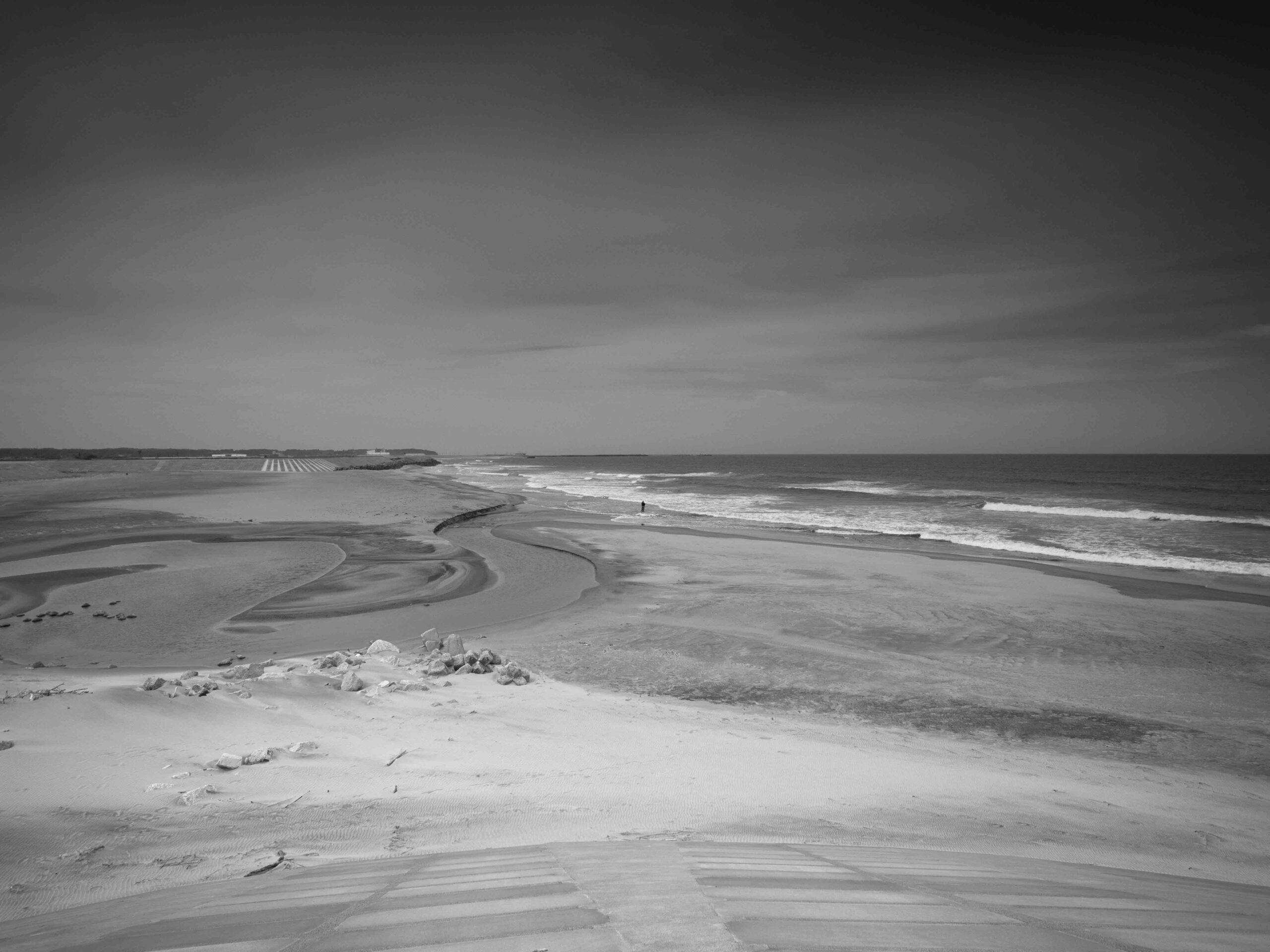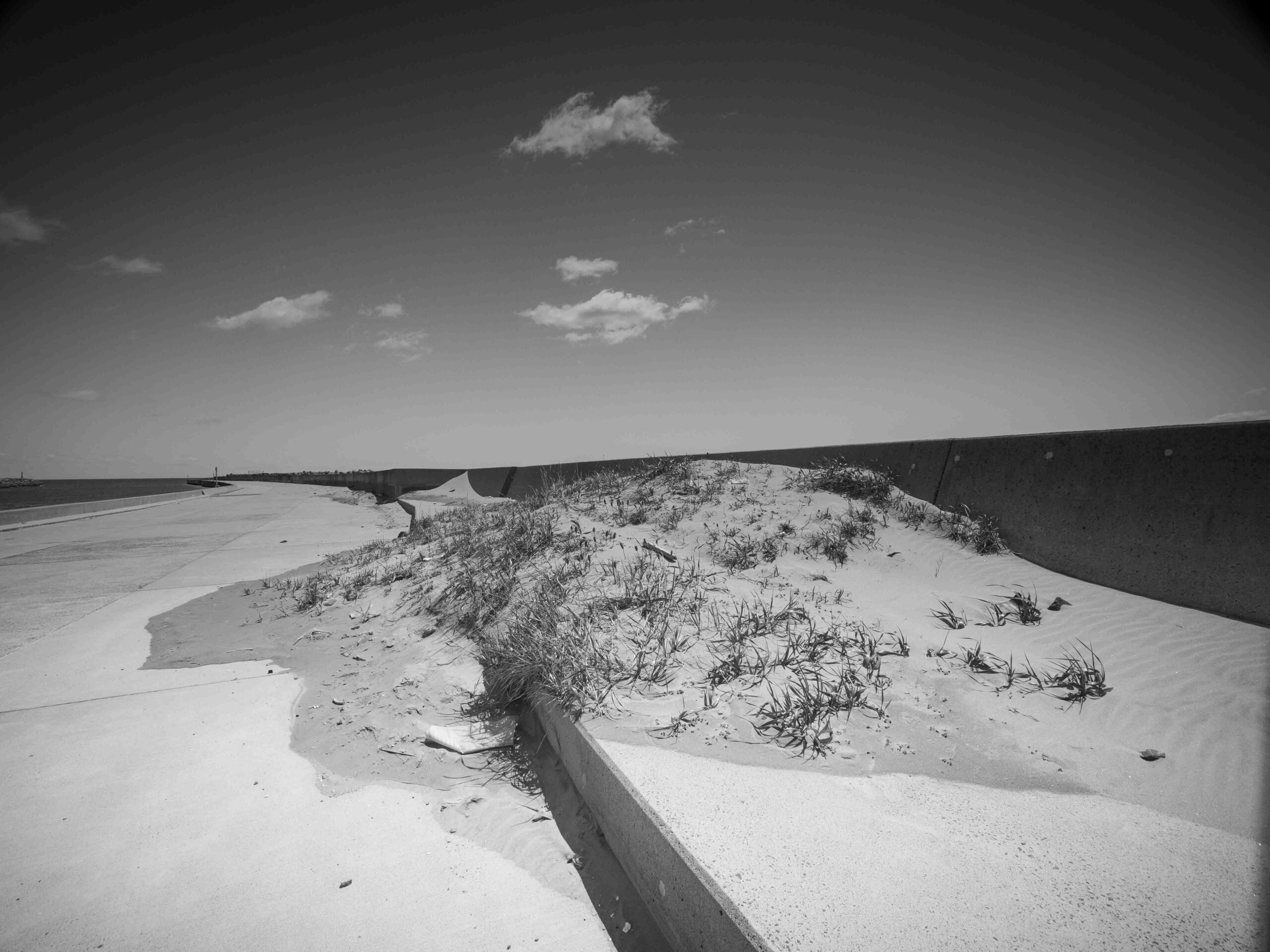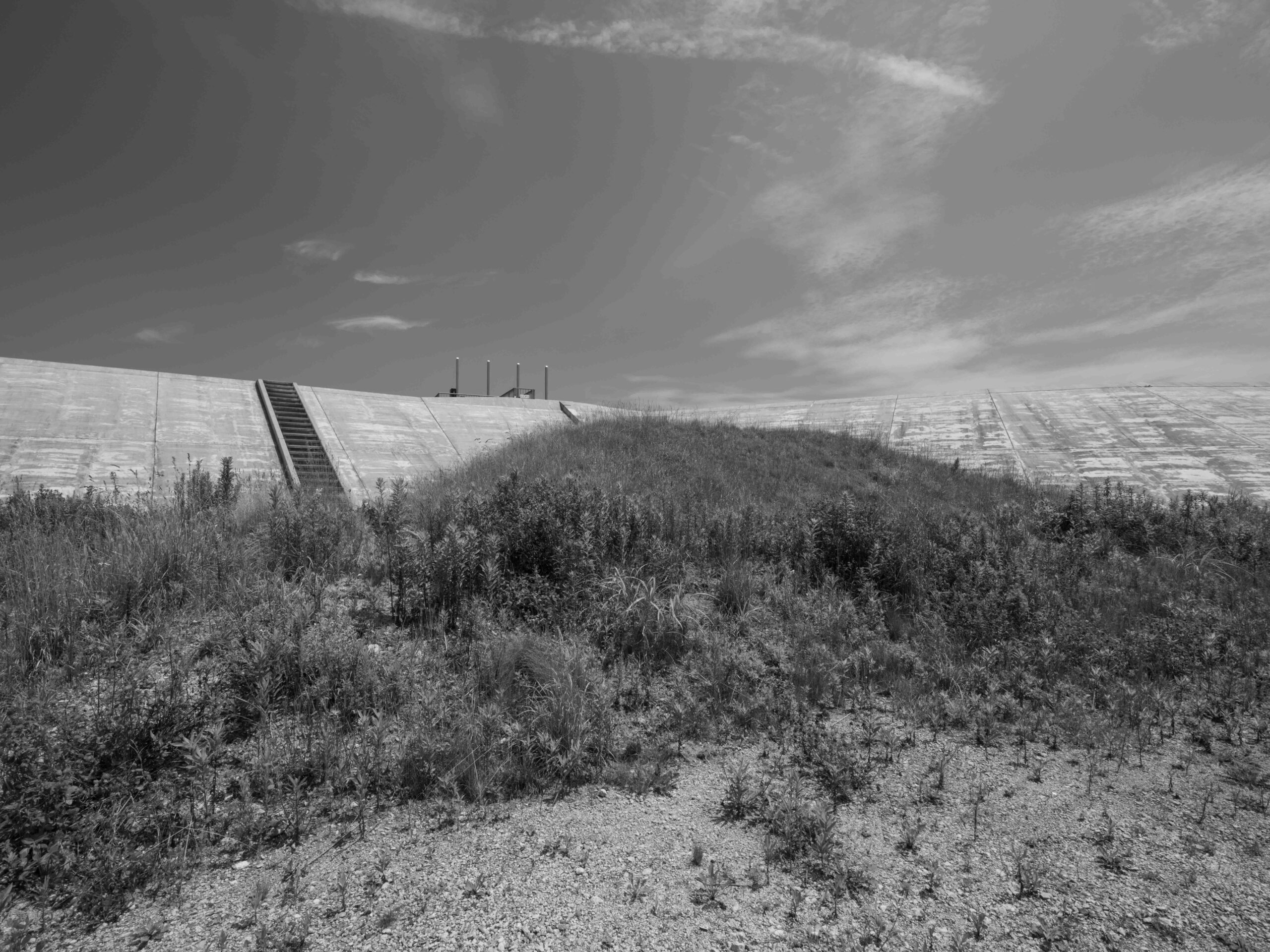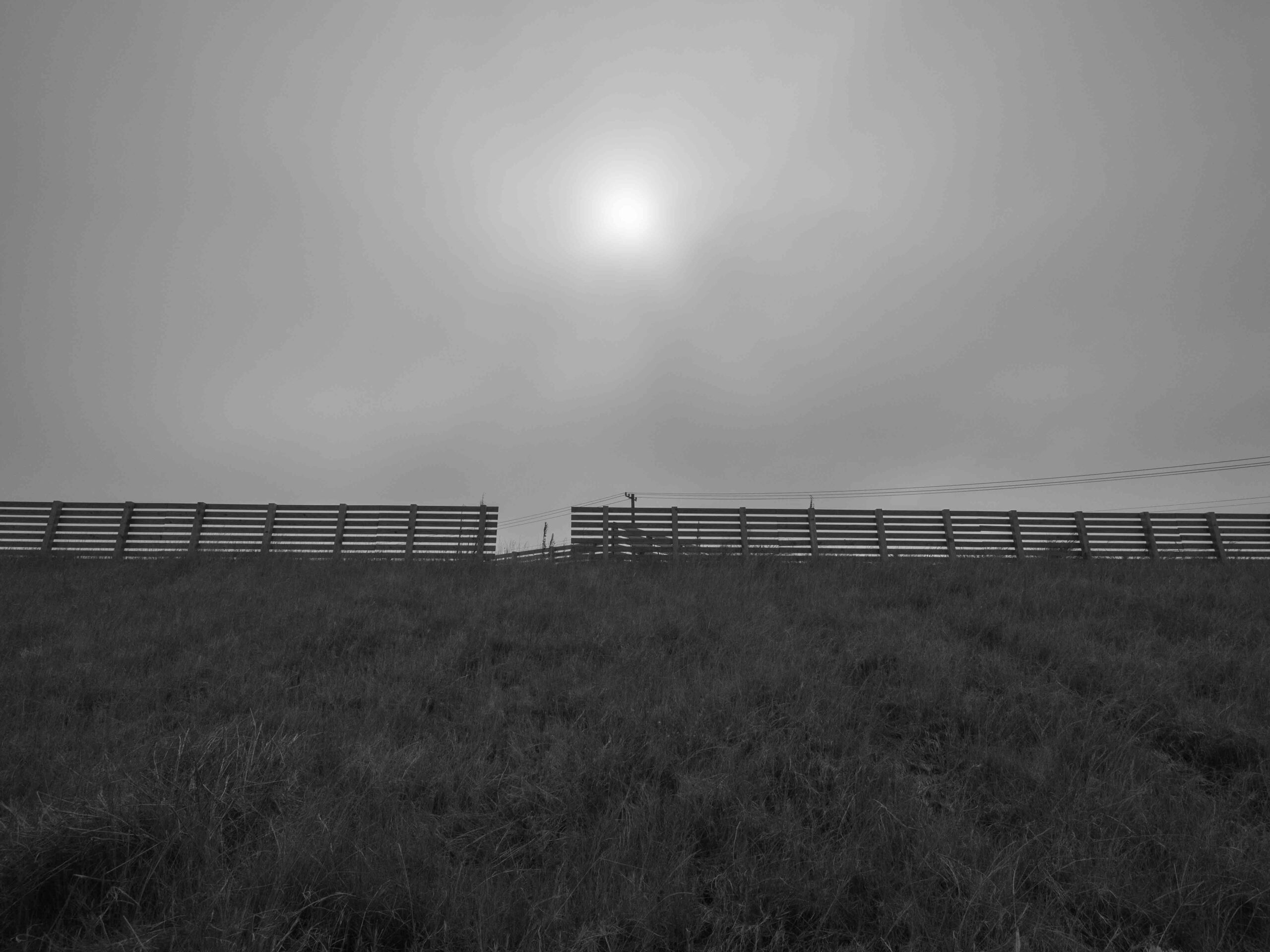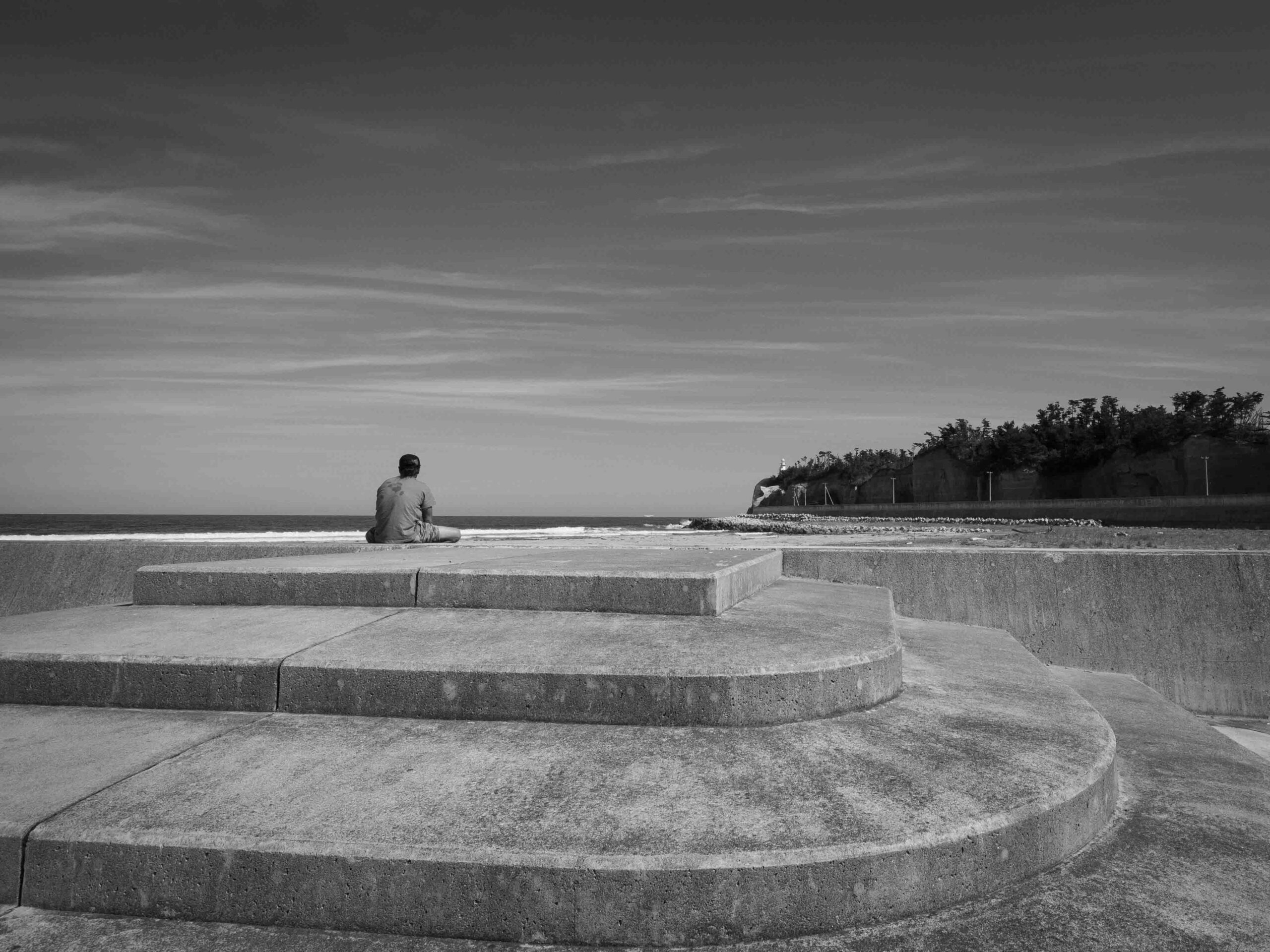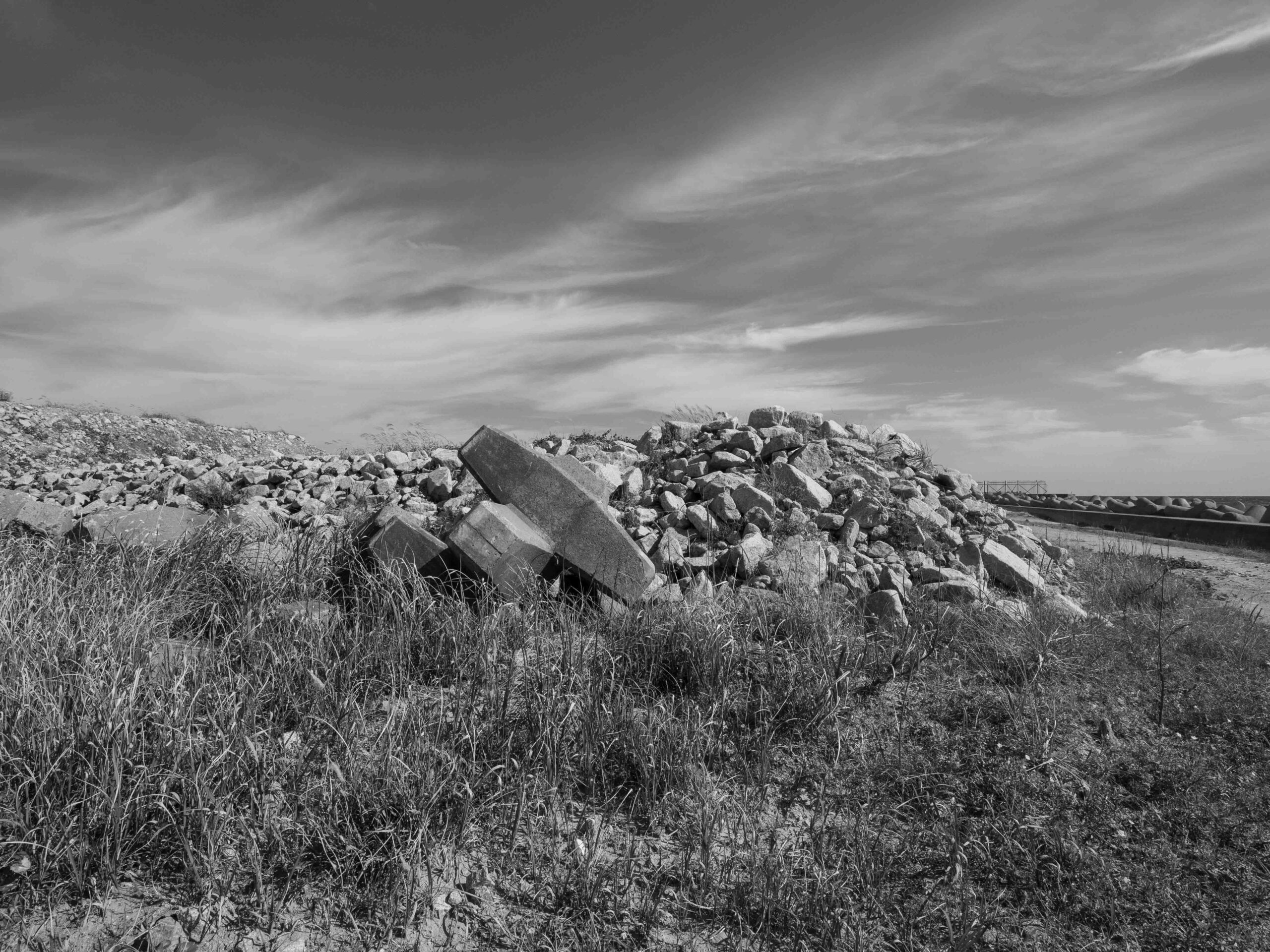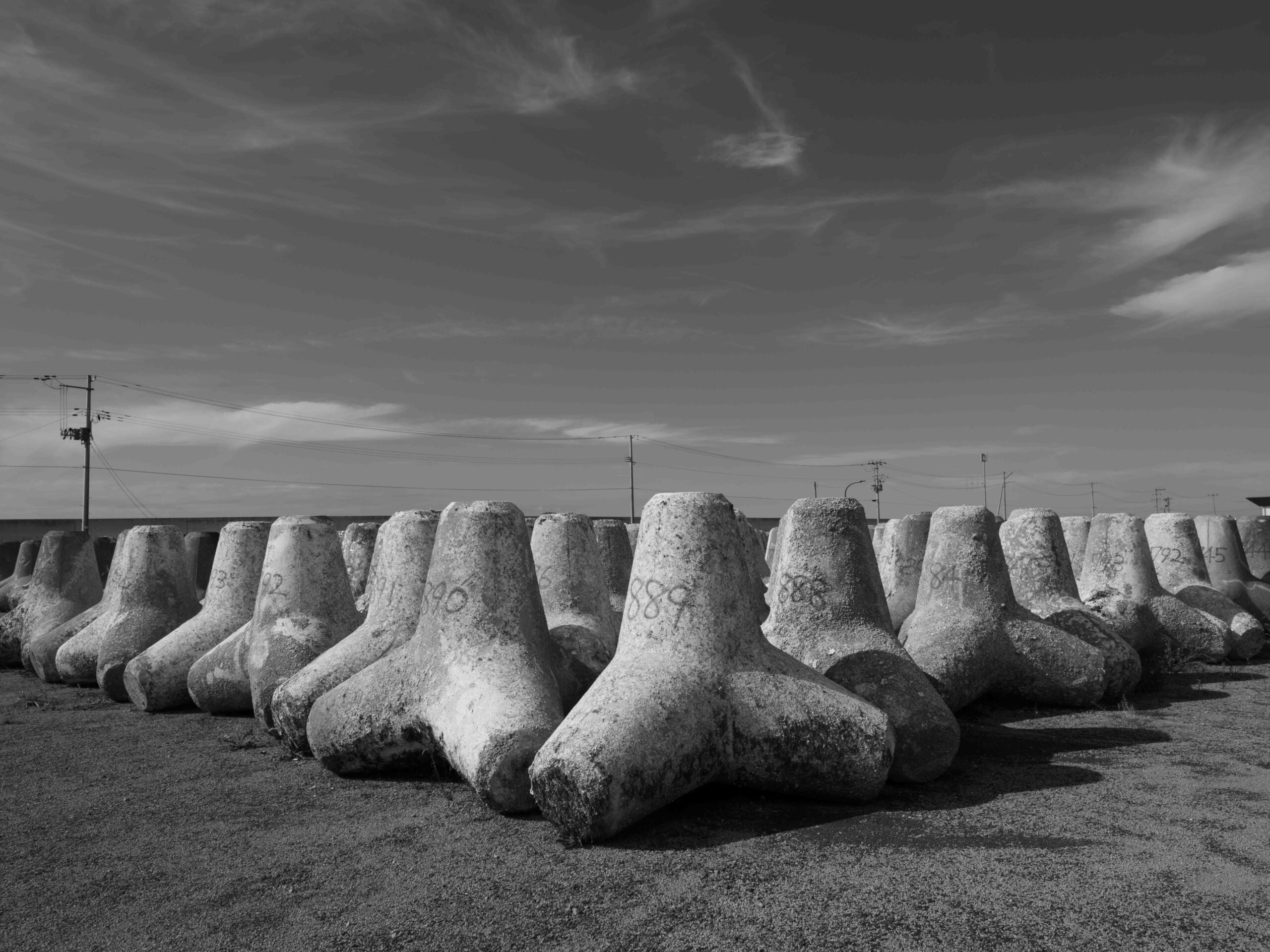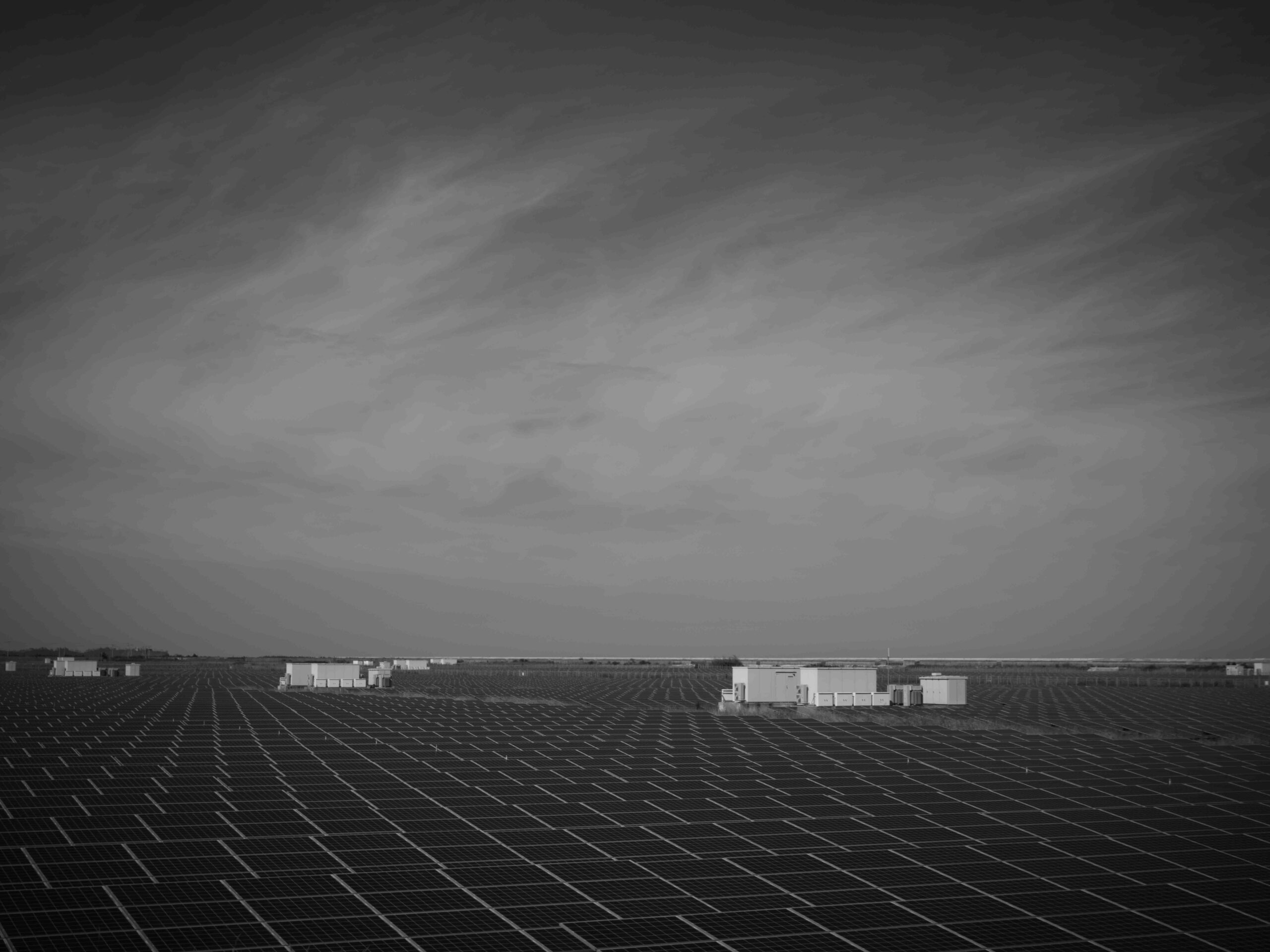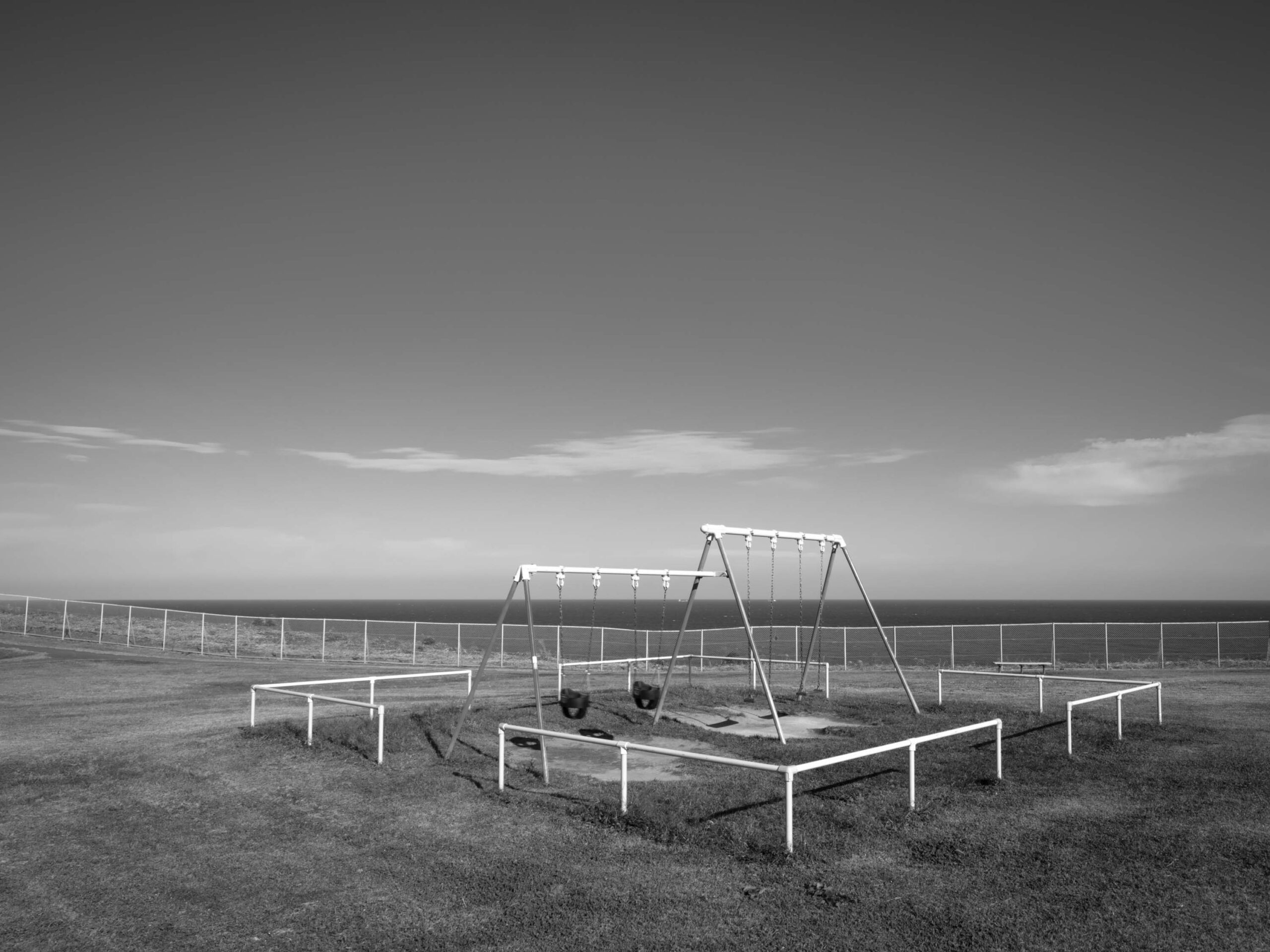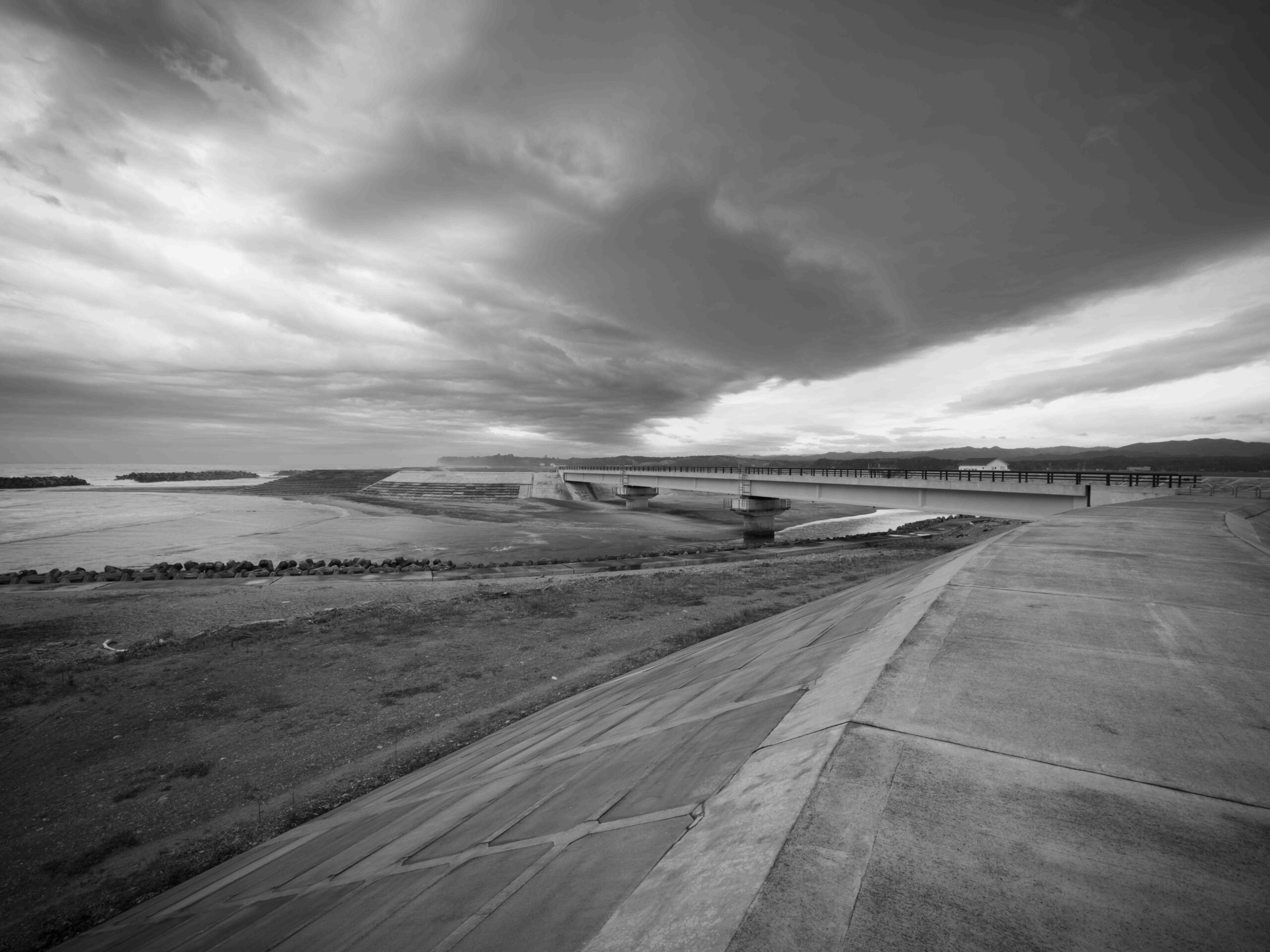The Great Wall
/ Seascape
2011年3月11日14時46分 マグニチュード9.0の巨大地震が東北地方太平洋沖では発生した。地震直後、最大溯上高40mの大津波が発生し22000名を越える死者、行方不明者を出した。その大震災から10年が過ぎた。被災地においては震災で破壊された全ては取り除かれ、もはやその爪痕を見ることは出来ない。ただ福島県いわき市から青森県 八戸市に至る海岸線(福島、宮城、岩手での合計海岸線長は約1700km)には延々と防波堤が築かれている。その光景は万里長城(The Great Wall)と言って良い。作者は震災直後から10年に渡りこの被災地での母子支援活動を行ってきたが、このGreat Wall を歩き映像として記録することにより自分の中に永くその記憶を留めていきたいと思う。
At 14:46 on March 11, 2011, a massive earthquake measuring 9.0 on the Richter scale struck off the Pacific coast of the Tohoku region. Immediately after the quake, a massive tsunami with a maximum height of 40 meters was generated, leaving more than 22,000 people dead or missing. Ten years have passed since the earthquake. In the affected areas, everything that was destroyed by the earthquake has been cleared away, and there are no more traces of the disaster to be seen. However, the coastline from Iwaki City in Fukushima Prefecture to Hachinohe City in Aomori Prefecture (the total length of the coastline in Fukushima, Miyagi, and Iwate is approximately 1,700 km) is covered with endless breakwaters. The scene can be described as The Great Wall. The author has been engaged in mother-child support activities in the disaster area for 10 years since immediately after the earthquake, and by walking along the Great Wall and documenting it on film, she hopes to keep the memory of the disaster in her mind for a long time to come.
